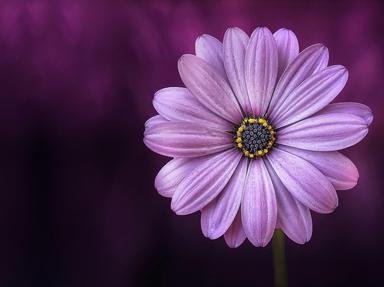
Poppies Dance in the Breeze Trivia Quiz
Watching a field of poppies dancing in the breeze is one of the pleasures of life. There are many varieties though. Here's a list of some of them, plus a few misleading names. You just need to pick out the real poppies from those that don't exist.
A collection quiz
by rossian.
Estimated time: 3 mins.